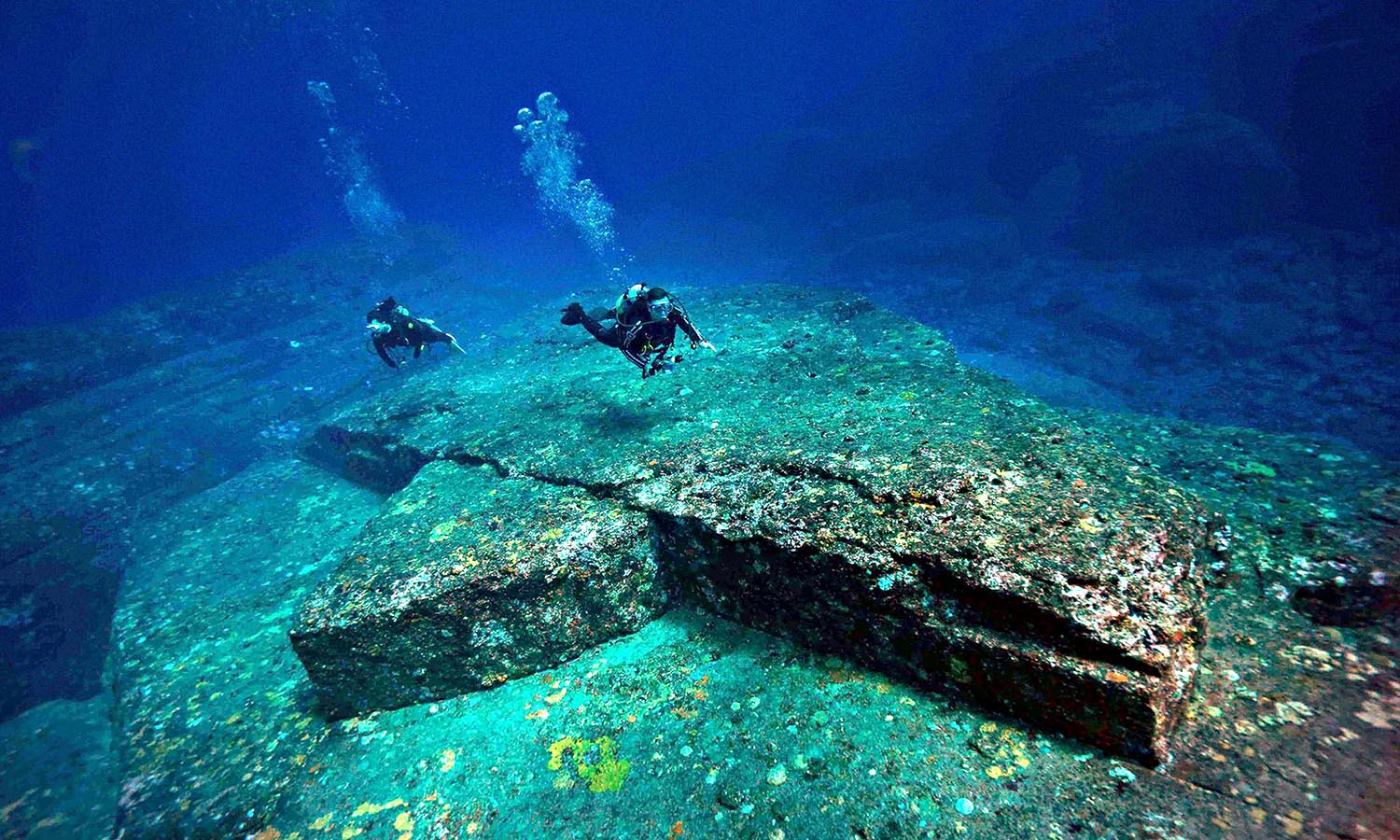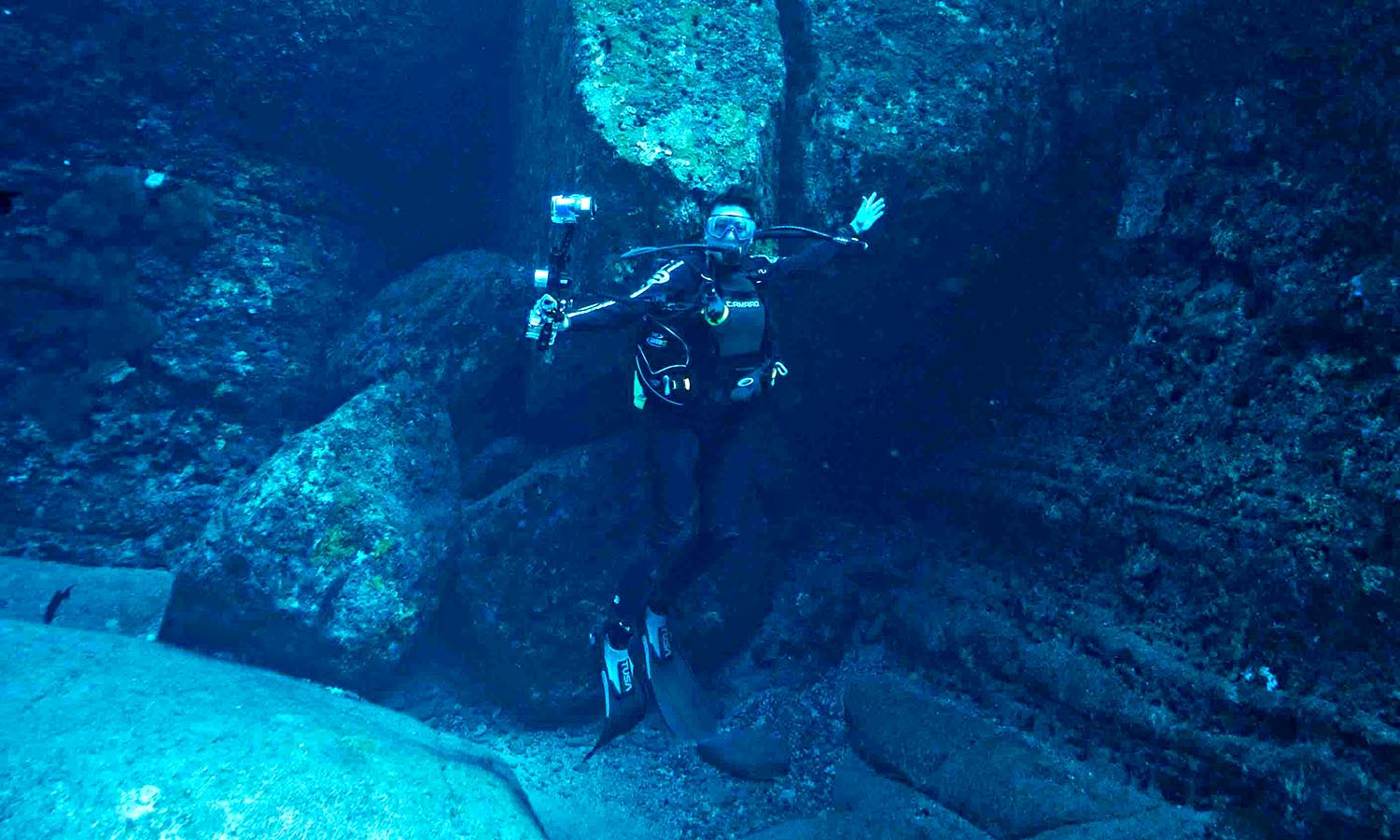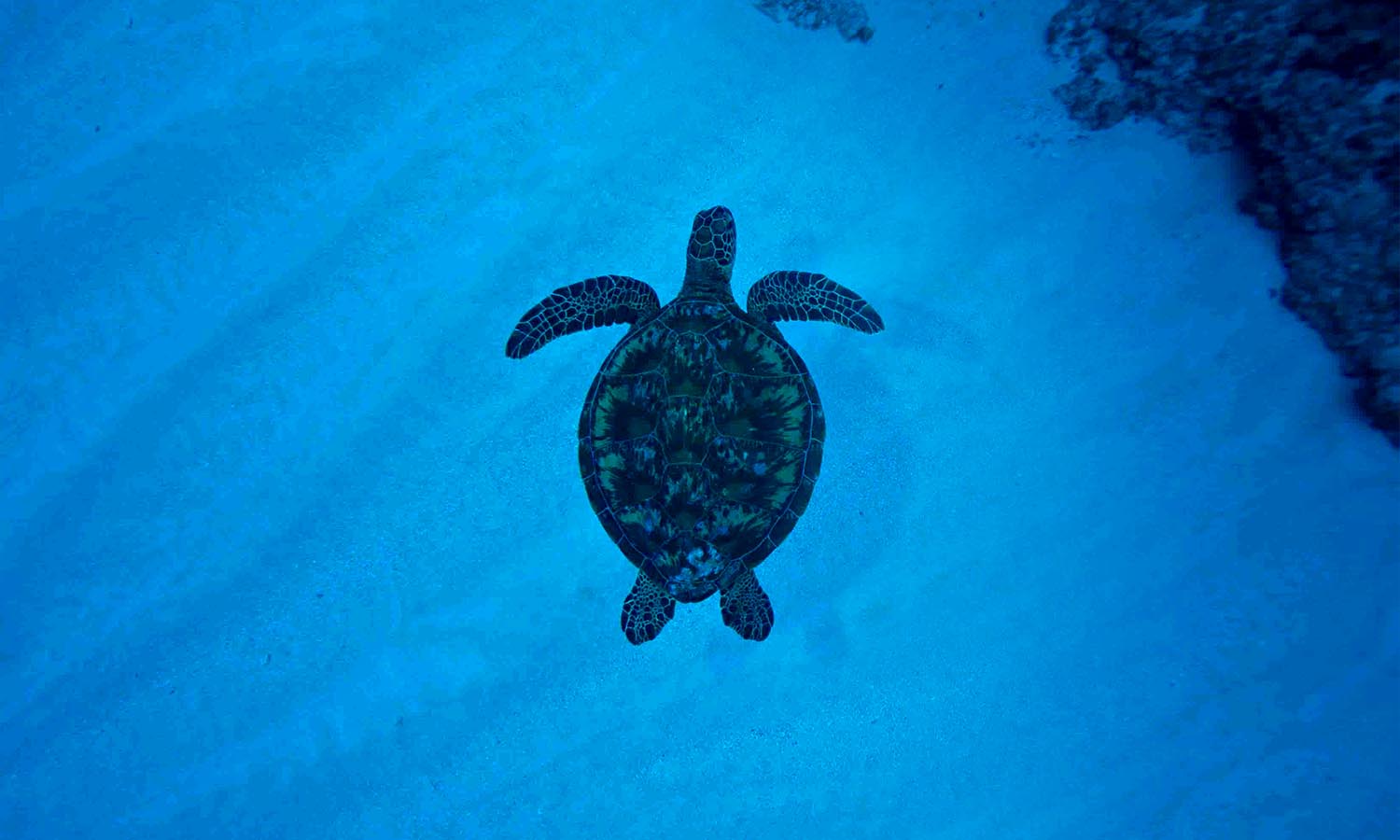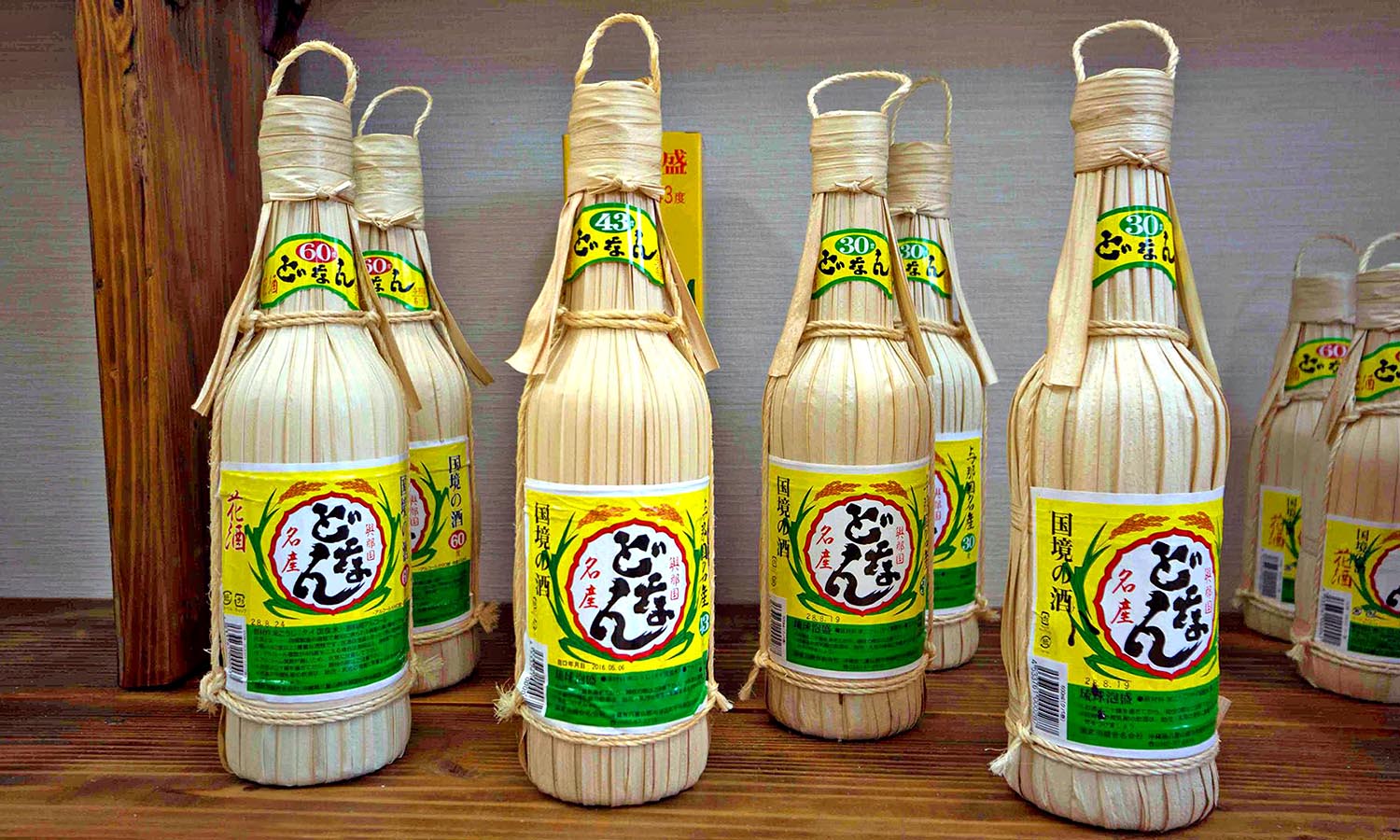
Punging into clear blue waters off the rocky coast of Yonaguni-jima, I follow my dive guide ‘Shorty’, through a narrow tunnel, curious what I’ll see on the other side.
I’m diving Yonaguni’s famous underwater ‘Monument’, which some speculate is the remains of an ancient civilisation, lost to the depths by a catastrophic event. It has been the subject of several books and TV documentaries, and a topic of debate between archaeologists and geologists, since its discovery in the early 1980s. There’s also debate that this is the best diving in all of Japan.
My levels of anticipation and excitement are high, kept in measure by a healthy level of scepticism. I’m envisioning myself as a modern-day Thor Heyerdahl, where after this adventure I’ll come up with my own amazing theory and dazzle the world. Or maybe it’ll just be a fun dive and I’ll see some turtles, who knows?
Emerging from the narrow passage onto a flat rock platform we see two tall identical pillars directly ahead. From a depth of around 15 metres, they almost break the surface of the water, an impressive structure worthy of fascination.

We then swim along a wide ledge, much like an underwater road, and as we round a bend, the Monument looms before us. A high platform that drops 30 metres almost perpendicularly into a wide trench. The water is so clear, that from my shallow depth I can see a couple of turtles at the bottom munching on algae and a giant moray eel peering out from under a cluster of coral, swaying in the current.
As we approach, I see three wide steps leading to the platform from our ‘road’, each one the same width, height, and depth and this is where my scepticism starts to falter. How can nature produce something so geometrically perfect? At the back of the platform, more steps lead to a higher level, and on the far side, steps lead back down to our road.



Further down the road, our guide shows us a ‘chapel’, a narrow triangular cut in the rock platform, and in the open space beyond, a large formation that looks exactly like … a turtle. It’s an ancient turtle god, according to our guide.
It’s my first day on this remote Japanese island, and I’m already in love with its wild landscape, above and below the water, and the wonderful, animated storytelling of our hosts, father and son, Kihachirou and ‘Shorty’ Aratake.
This is the most remote island in Japan’s Okinawa archipelago, roughly 60 minutes flight from the capital city Naha on Okinawa’s main island. It’s the western-most point of Japan, where on a clear day, you can see Taiwan just over 100 kilometres away.
On our flight from Naha, in a little Dash-8 plane, we’re served tea and white-bread sandwiches (with the crusts cut off), and the flight attendant hands me a hand-written postcard; “Welcome aboard Ryukyu Air Commuter!” informing me of the captain, first officer and flight attendant’s names, the estimated time of arrival, altitude, speed and weather, signed off with a smiley face. It’s all very Japanese.



The island’s other natural attraction is the Yonaguni horse. These critically endangered small horses are endemic to Yonaguni, and historically used to carry sugarcane and rice around the island. They now roam as they please, with some of these good-natured ponies available for good-natured guests to ride.
Yonaguni’s Hanazake Sake is 120 proof and highly flammable.

Okinawa’s Awamori sake is distinct from that found in other parts of Japan. First, it is made from Thai long-grain rice, a legacy of the archipelago’s long history as an important trading route, and importantly it is not just brewed, it is distilled, a technique also introduced to Okinawa by Thai traders, and is typically 60 to 86 per cent proof. Meaning it’s by no means hangover proof.
Yonaguni’s Hanasake sake is 120 proof and highly flammable. Despite its combustibility, the distillery is well worth visiting – if just for a taste of this surprisingly smooth-tasting liqueur, and a photo of the accompanying fire safety message.
The tiny wild island of Yonaguni has much to recommend it: a rugged windswept landscape, stunning underwater world, and fascinating legends, shared with lucky visitors by some of the world’s best storytellers.



get in the know Yonaguni Island was occupied by the US from 1945 to 1972 before being returned to Japan and integrated back into the Okinawa Prefecture.
 Stay there
Stay there
Accommodation is in traditional ryokan – guest houses, some including both Japanese and Western-style rooms, with breakfast and dinner included. We stayed in Hotel Irifune managed by the Aratake family.
